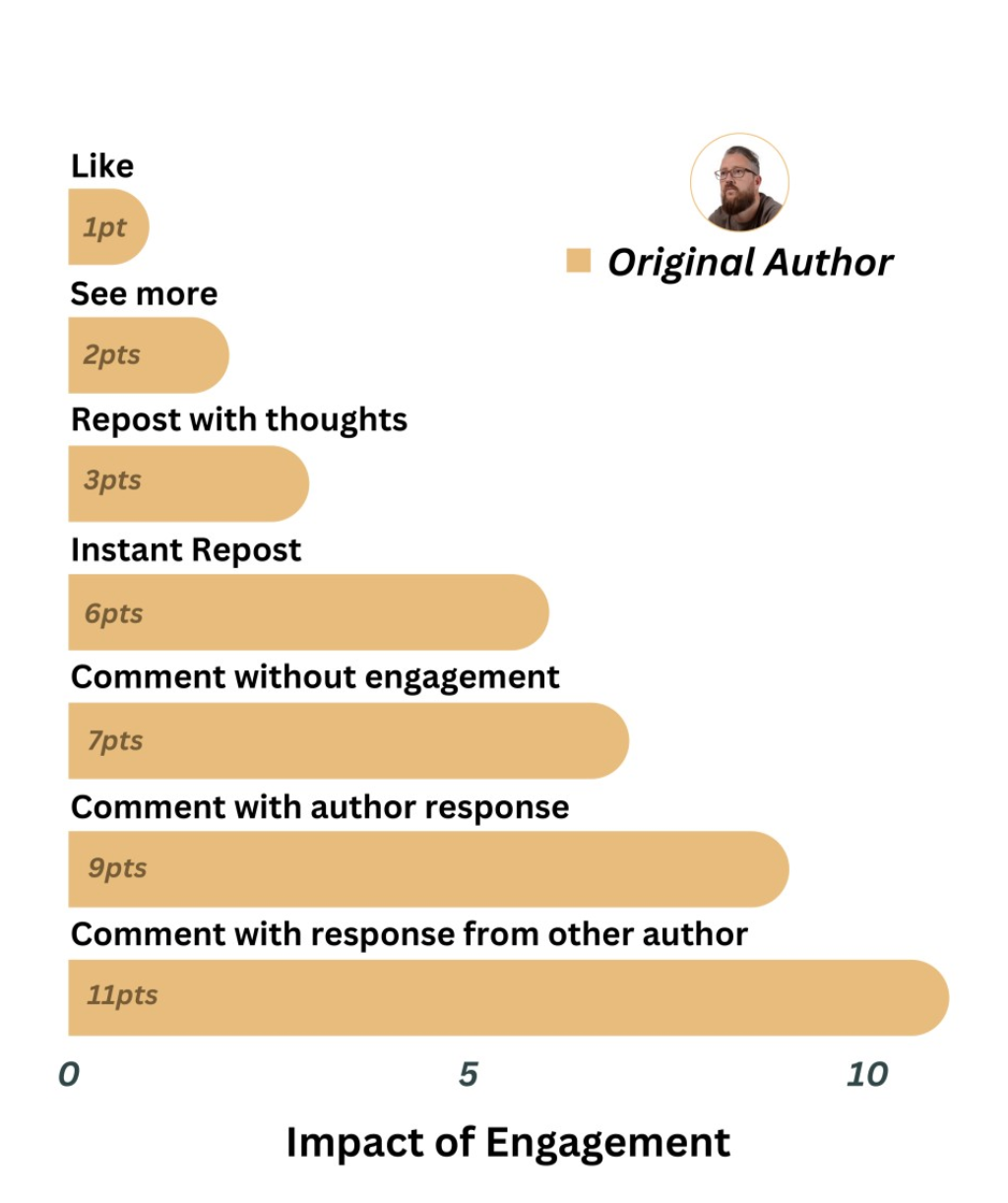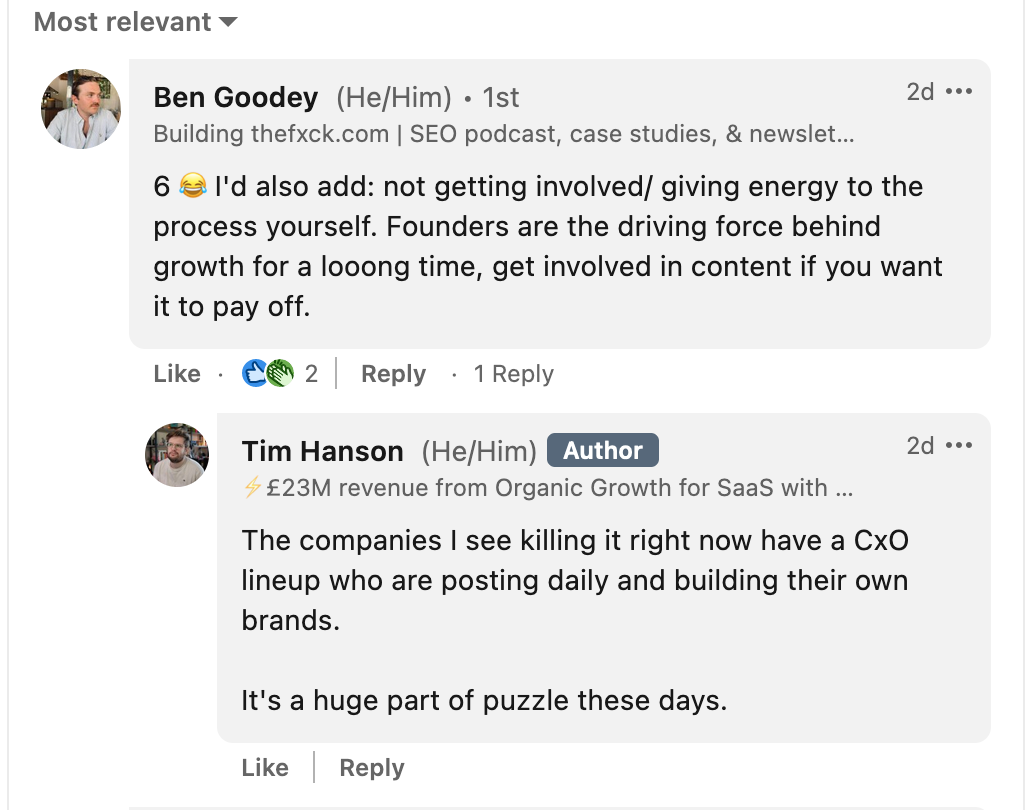As far back as 2011, Jive Social Business Index conducted a study surveying over 900 US-based businesses, and discovered that “62% of executives believe they can achieve ‘better customer loyalty and service levels’ by having a social media strategy.”
12 years on, that number is probably even higher. Social media is today’s Roman forum. Its village square. And, if the recent noise around “Threads versus Twitter” is anything to go by, that ain’t changing anytime soon.
So how can you make use of all those eyeballs, those collected brains, to get ahead in your competitive intelligence and strategy work? To put it another way, how do companies use social media to create a competitive advantage?
As a source of intel itself, social media’s advantages are pretty clear. But as a source of competitive advantage? Perhaps less so.
Here’s how companies are using social media as a competitive advantage:
- Perform market research.
- Inform product strategy.
- Solve customer problems.
- Engage with existing customers.
- Build personal brands.
- Solidify congruence.
- Promote your products and content.
- (Bonus) Promote your company culture.
Read on as we unpack each one. 👇
1) Perform market research
Social media is versatile. It’s somewhere you can go to get eyeballs on your products, on your content, and on the problems your org’s doing a great job of solving.
It’s somewhere you can go to build a personal brand or bolster your company brand. Or even to shoot the breeze with folks who could be just days and a download away from buying from you for the first time.
Six years ago, Forbes wrote about this topic and quoted then-Crimson Hexagon CTO Chris Bingham (now at Brandwatch). He said social media “is like the world’s largest focus group. You can tap into what people have said in the past rather than just what they’re saying now.”
There’s a lot you can learn from your customers on social networks. They’ll talk amongst themselves, and when they talk about your products or industry, you learn how they’re thinking and feeling.
As a gauge of market sentiment, towards you or something going on in your industry, there are few better sources. Certainly, none that are free.
For you competitive intelligence pros, this should be familiar territory. You might even be doing this already if you’re following the processes we laid out in the competitive positioning playbook.
Open forums like Twitter, and even LinkedIn, encourage people to share their thoughts and opinions about the products and services they use. When your brand, or your product, is mentioned, you should know about it.
2) Inform product strategy
If the aforementioned… mentions (sorry) contain good feedback, log them. When you know what customers appreciate about you, you can use the info to inform your competitive positioning.
If the feedback is bad, still log them. Then you’ll know what might you need to change.
Sure, this in isolation won’t win you any awards for the most sophisticated customer research program. But it’s a sharp way of getting started. It nets you valuable data from a source you probably spend a good deal of time in anyway. And for small teams short on resources (all of you?), it’s key to get the greatest possible impact for the lowest possible cost to your time. Social media can fit the bill here.
And here’s the best part: you don’t have to sit around idly waiting for people to mention you. Sure, you can pay for a tool to track mentions, or fiddle around with something open source for hours until it’s still not set up how you want it…
Or, you can just invite feedback by asking for it.
Which brings us to our next point:
3) Solve customer problems
Social media lurker? Watch out. There’s a competitor brand engaging with your target audience. And if your customers are voicing concerns or problems, your competitor could be the one to save the day and offer them a solution.
It should go without saying, but if your customers are voicing problems or concerns on social media, it pays for you to be the ones seen to address and solve them.
Social platforms offer you a chance to solve customer problems in real time. While offering customer service exclusively via social media isn’t a good idea, it makes a great impression when the vendor swings in and saves the day. As part of your social media marketing strategy, solving customer problems pays off in the long run.
Check out this example from a disgruntled AT&T customer on Twitter, and what rival Comcast did to steal the spotlight:

"Over a month later we finally have wifi/cable. THANK YOU @comcast for making it so easy, don't know why we wasted time on @ATT to begin with"
~ @emlyherrngdne, Twitter

4) Engage with customers
There are valuable insights to be found in listening to your customers when they’re talking amongst themselves. Even when they’re offering unsolicited feedback. But when you ask for that feedback in real time, you get more than just information. You get an opportunity to engage with your audience.
There’s evidence that social media algorithms reward this kind of behavior, too. On social media, engagement begets engagement.
Richard van der Blom, a social selling trainer with almost 15 years of experience nailing the LinkedIn algorithm, did some of his own research. When it comes to pleasing the LinkedIn algorithm, comments are more valuable than simple likes. And comments with a response from the author (one of your colleagues) are more valuable still.

Let that sink in. Then mull this over:
When you invite comments in a post, you sow the seeds for a dialogue. When you respond to the comments you get, you actively engage with and nurture that dialogue.
This encourages more comments (and future comments on future posts, when customers see there’s a good chance you’ll reply to them on any given post). Which boosts performance. Which means more people seeing your posts. Which means more people commenting. Which means…
Of course, this is how posts go viral. But even on small scales, better-performing social posts means more eyeballs on your brand, greater awareness, and more folks entering the top of your sales funnel.
As a long-term customer acquisition play, then, it’s clear how social media can help you build a competitive advantage. You might not be the one posting, but as a competitive play, it makes sense to encourage your teams to engage with their own posts.
5) Build personal brands
Check out this conversation I saw between two SEO/content wizards on LinkedIn just recently:

“The companies I see killing it right now have a CxO lineup who are posting daily and building their own brands. It’s a huge part of the puzzle these days.”
~ Tim Hanson, founder of fivethreeoh.
Social media isn’t just for figuring stuff out about your competitors. It’s for building personal brands. I know what you’re thinking, but I’m not talking about those who brag about their quasi-accomplishments every chance they get.
Take a look at your own social media feeds. Who do you have notifications turned on for? And what can you do to help multiple members of your C-Suite get on that list for your org’s target audience?
Those in your C-suite are the faces of your business. And the lines between their personal brands and your business’ brand are, today, as blurred as it gets. If you’re a Head Of, or a Director, and have some pull over the C-Suite, see if you can’t get a member or two posting regularly. All in the name of brand awareness.
6) Solidify congruence
Congruence is an essential part of your marketing strategy. When your messaging isn’t consistent across platforms, it’s a problem. But it’s such a common one that it’s easy for your org to stand out if you can get it right.
Here’s the secret: you’ll get it right if you communicate.
Most businesses don’t do this properly. As they scale, they fail to instill the brand identity that brought them early success into each new hire. That makes your competitors’ hasty onboarding processes your best friend. When your tone of voice and messaging are consistent, even in your replies to comments on social media platforms, you display competitive differentiation without even trying.
The real difference is this makes your brand seem incredibly authentic. And incredibly trustworthy. This is the classic “length implies strength heuristic”. When you see a bunch of testimonials on a landing page, you think, “That many people can’t be wrong.” When you see a bunch of people communicating congruently about their products and services, you think, “that many people can’t be wrong.” In other words, there’s no way they could all be faking it. And you’ve found a brand you can trust.

7) Promote your products and content
This one’s hard to miss.
Head over to any business’ Twitter or LinkedIn feed and prepare to see a long line of promotional posts shouting about their latest blog post or product update.
If any of your competitors fall into this category, it’s a great source of intel for you to learn more about what they’re up to straight from the source. (One more way to strengthen your competitive advantage, or to turn a temporary competitive advantage into a sustained one.)
Unfortunately, it’s often an ineffective strategy.
In recent years, it has become clear that giving value up front works. Needlessly hiding key points in the depths of a blog post, one that’s a few thousand words long, that a follower has to click through to even view, does not work anymore.
Instead, it’s best to post those takeaways right in the promotional post itself. Then, those that want the extra detail, the how and the why, will click through and read the article.
By providing value up front, you’ve separated yourself from the crowd by giving people what they want and asking nothing in return. In a time of short attention spans, paired with ever-increasing distraction, you can’t afford to lose the one chance you’ve got to make a positive impression. This way, even those that don’t click will associate a little bump of joy with your brand.
Again, social media offers you a way to do things differently. If you succeed in implementing this differentiation strategy, you’ll create a competitive advantage by offering more value to your prospects and consumers than anyone else.

(Bonus) Promote your company culture
I once had a boss tell me, “I don’t run the business. I don’t have time. It’s the staff that run the business.”. It’s no secret that as you scale and bring in new people, it’s the quality of those people that determines whether a company will ultimately be successful.
For that reason, being one of those few businesses everyone wants to work for is a huge competitive advantage. If all the best staff want to work for you, who will be in charge of making your competitors successful? Less talented staff.
When you get your company culture right, you don’t even need to ask for reviews on Glassdoor. Your staff will leave glowing testimonials across social media.
They might not look like testimonials, but think back to the last time you considered moving to a company. It makes a difference if everyone seems cheery and upbeat, doesn’t it? When people are energetic and enthusiastic, it’s because they’re engaged with their work. It means they’re *allowed* to have fun at work. It means they’re probably getting pretty good results in their work, too.
But people needn’t guess, since social media gives you a chance to shout about your wins as a company.
And who doesn’t want to be part of a winning culture?
What next?
Now you know some of the ways businesses can use social media to generate a competitive advantage. But how about an actual process for doing competitive intelligence on social media?
We’ve got you covered. Check out our handy guide to Social media competitive intelligence: what it is and how to do it:






.png?v=09cf73b4b5)